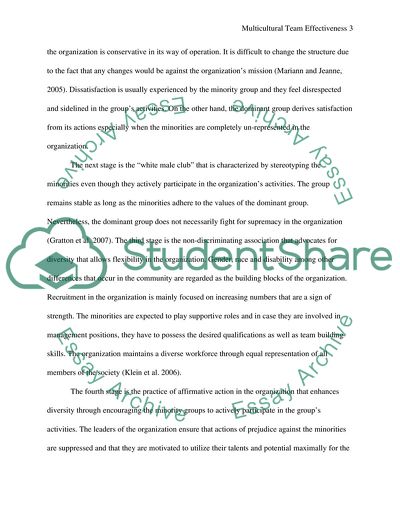Cite this document
(“Multicultural Team Effectiveness Essay Example | Topics and Well Written Essays - 2500 words”, n.d.)
Multicultural Team Effectiveness Essay Example | Topics and Well Written Essays - 2500 words. Retrieved from https://studentshare.org/miscellaneous/1569687-multicultural-team-effectiveness
Multicultural Team Effectiveness Essay Example | Topics and Well Written Essays - 2500 words. Retrieved from https://studentshare.org/miscellaneous/1569687-multicultural-team-effectiveness
(Multicultural Team Effectiveness Essay Example | Topics and Well Written Essays - 2500 Words)
Multicultural Team Effectiveness Essay Example | Topics and Well Written Essays - 2500 Words. https://studentshare.org/miscellaneous/1569687-multicultural-team-effectiveness.
Multicultural Team Effectiveness Essay Example | Topics and Well Written Essays - 2500 Words. https://studentshare.org/miscellaneous/1569687-multicultural-team-effectiveness.
“Multicultural Team Effectiveness Essay Example | Topics and Well Written Essays - 2500 Words”, n.d. https://studentshare.org/miscellaneous/1569687-multicultural-team-effectiveness.


